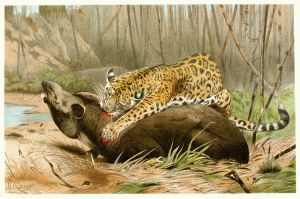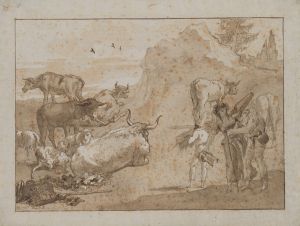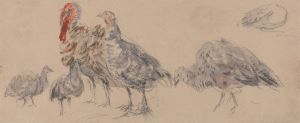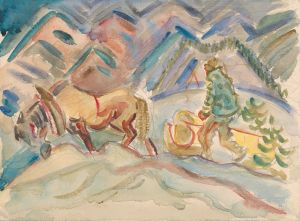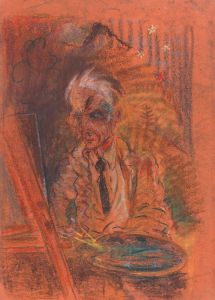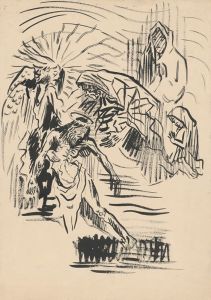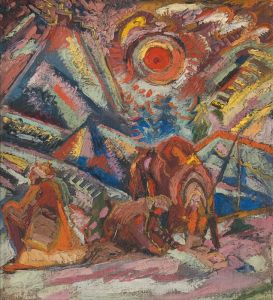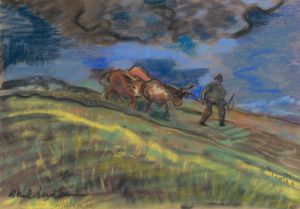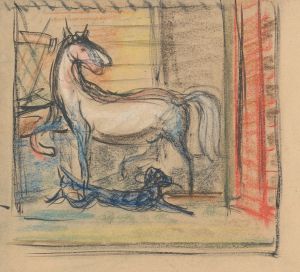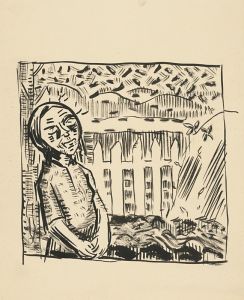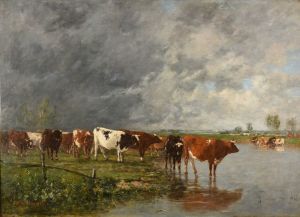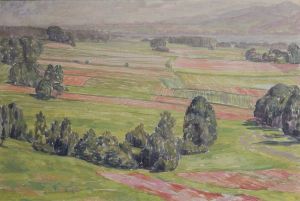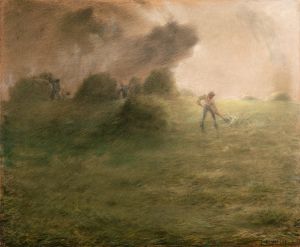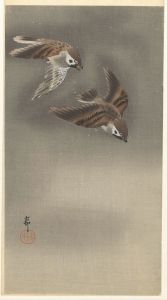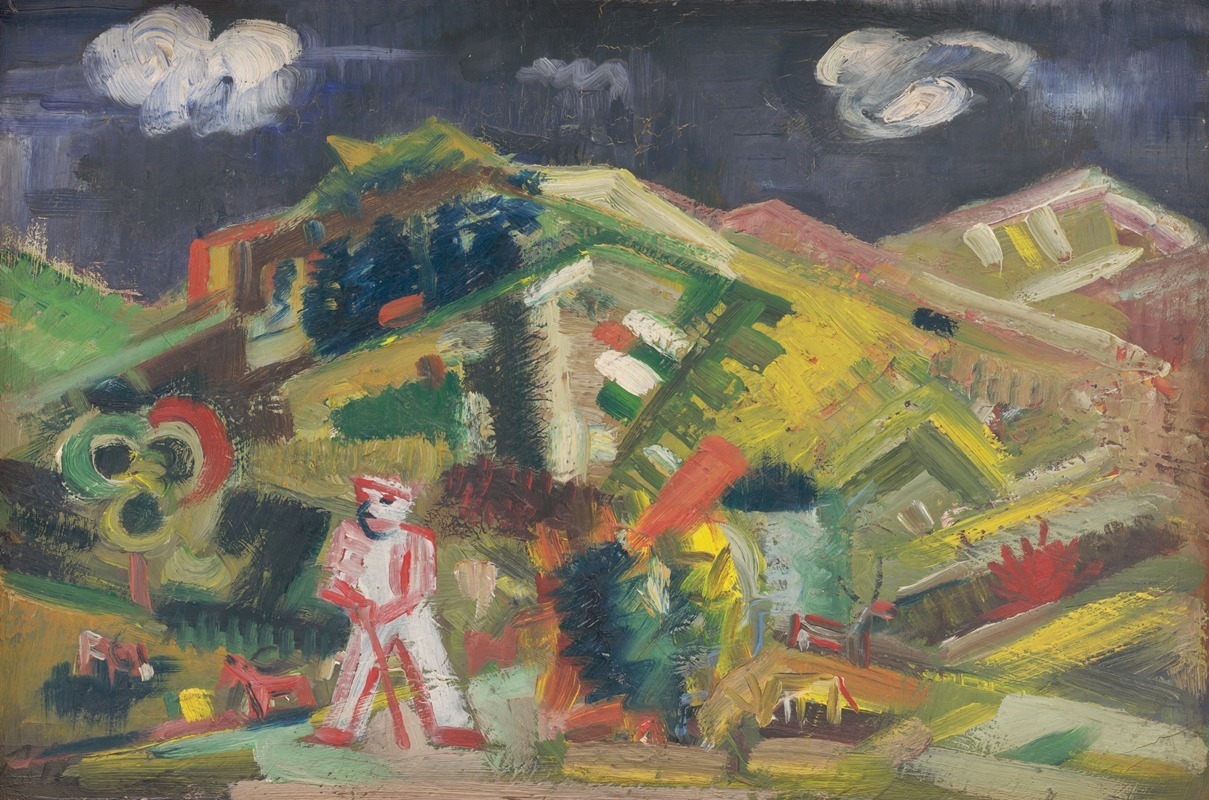
In the Pasture
A hand-painted replica of Arnold Peter Weisz-Kubínčan’s masterpiece In the Pasture, meticulously crafted by professional artists to capture the true essence of the original. Each piece is created with museum-quality canvas and rare mineral pigments, carefully painted by experienced artists with delicate brushstrokes and rich, layered colors to perfectly recreate the texture of the original artwork. Unlike machine-printed reproductions, this hand-painted version brings the painting to life, infused with the artist’s emotions and skill in every stroke. Whether for personal collection or home decoration, it instantly elevates the artistic atmosphere of any space.
Arnold Peter Weisz-Kubínčan was a Slovak painter known for his contributions to modern art in the early 20th century. His work, "In the Pasture," is one of the notable pieces that reflect his unique style and artistic vision. Weisz-Kubínčan was born in 1898 in the Austro-Hungarian Empire, in what is now Slovakia. He studied art in Budapest and later in Vienna, where he was influenced by the avant-garde movements of the time.
"In the Pasture" exemplifies Weisz-Kubínčan's ability to blend traditional themes with modernist techniques. The painting depicts a serene rural scene, capturing the essence of pastoral life. Weisz-Kubínčan's use of color and form is indicative of his modernist approach, characterized by bold colors and simplified shapes. This approach allows the viewer to focus on the emotional and atmospheric qualities of the scene rather than getting lost in intricate details.
The painting reflects the influence of Expressionism, a movement that sought to convey emotional experience rather than physical reality. Weisz-Kubínčan's work often explored themes of nature and humanity's relationship with it, and "In the Pasture" is no exception. The painting's composition and use of color suggest a deep appreciation for the natural world, a common theme in his body of work.
Weisz-Kubínčan's career was significantly impacted by the political and social upheavals of his time. As a Jewish artist in Central Europe during the rise of Nazism, he faced significant challenges. Despite these obstacles, he continued to create art that resonated with the themes of his environment and personal experiences. His work, including "In the Pasture," is a testament to his resilience and dedication to his craft.
Unfortunately, much of Weisz-Kubínčan's work was lost or destroyed during World War II. This makes surviving pieces like "In the Pasture" particularly valuable for understanding his artistic legacy. The painting not only offers insight into Weisz-Kubínčan's style and thematic interests but also serves as a historical artifact from a turbulent period in European history.
Today, Weisz-Kubínčan's work is appreciated for its contribution to Slovak and European modern art. His ability to capture the essence of his subjects with emotional depth and modernist techniques has earned him a place among notable artists of his time. "In the Pasture" remains an important piece for those studying the intersection of art, history, and cultural identity in early 20th-century Europe.
In summary, "In the Pasture" by Arnold Peter Weisz-Kubínčan is a significant work that reflects the artist's modernist style and thematic focus on nature. Despite the challenges he faced during his lifetime, Weisz-Kubínčan's work continues to be celebrated for its emotional resonance and historical significance.





